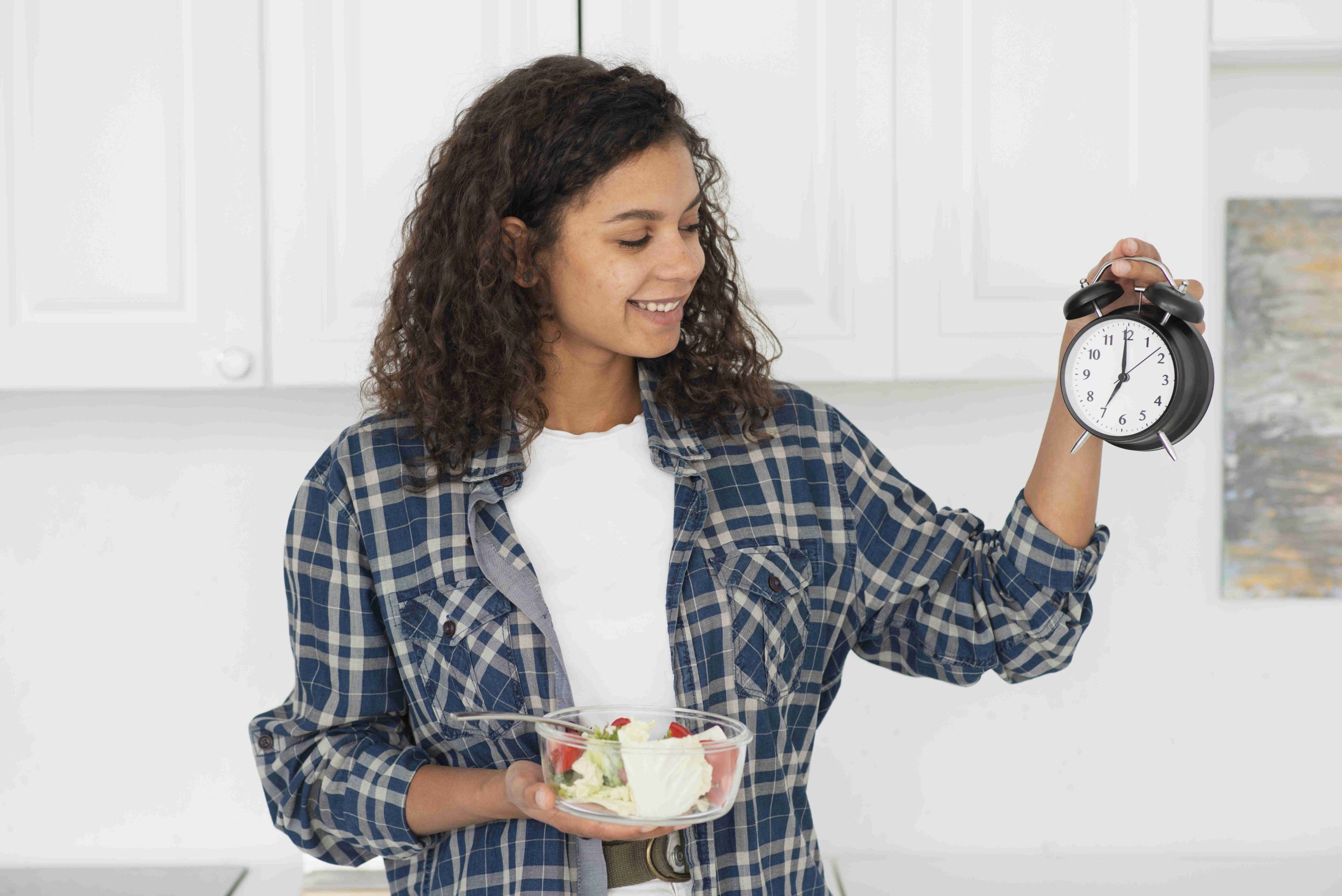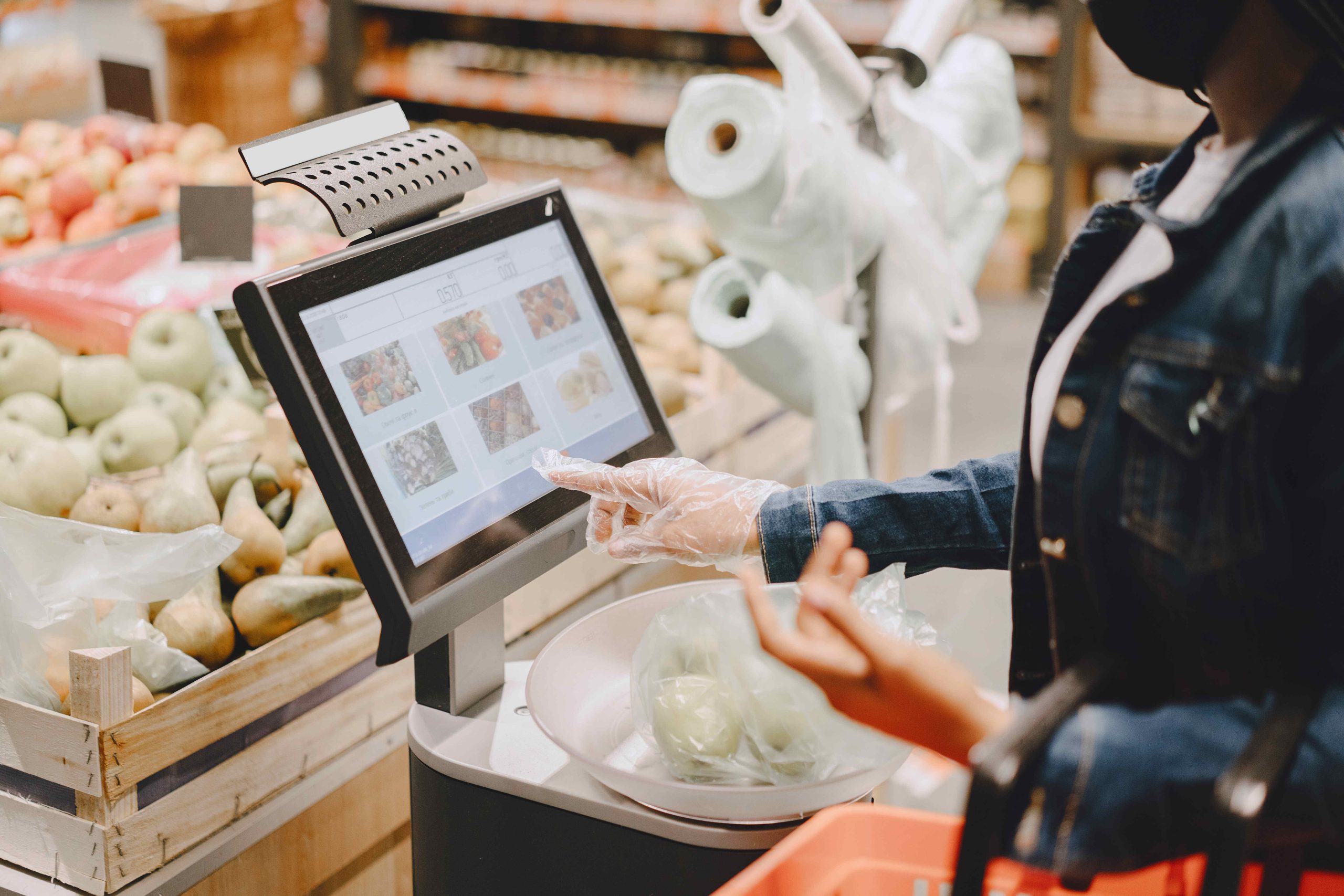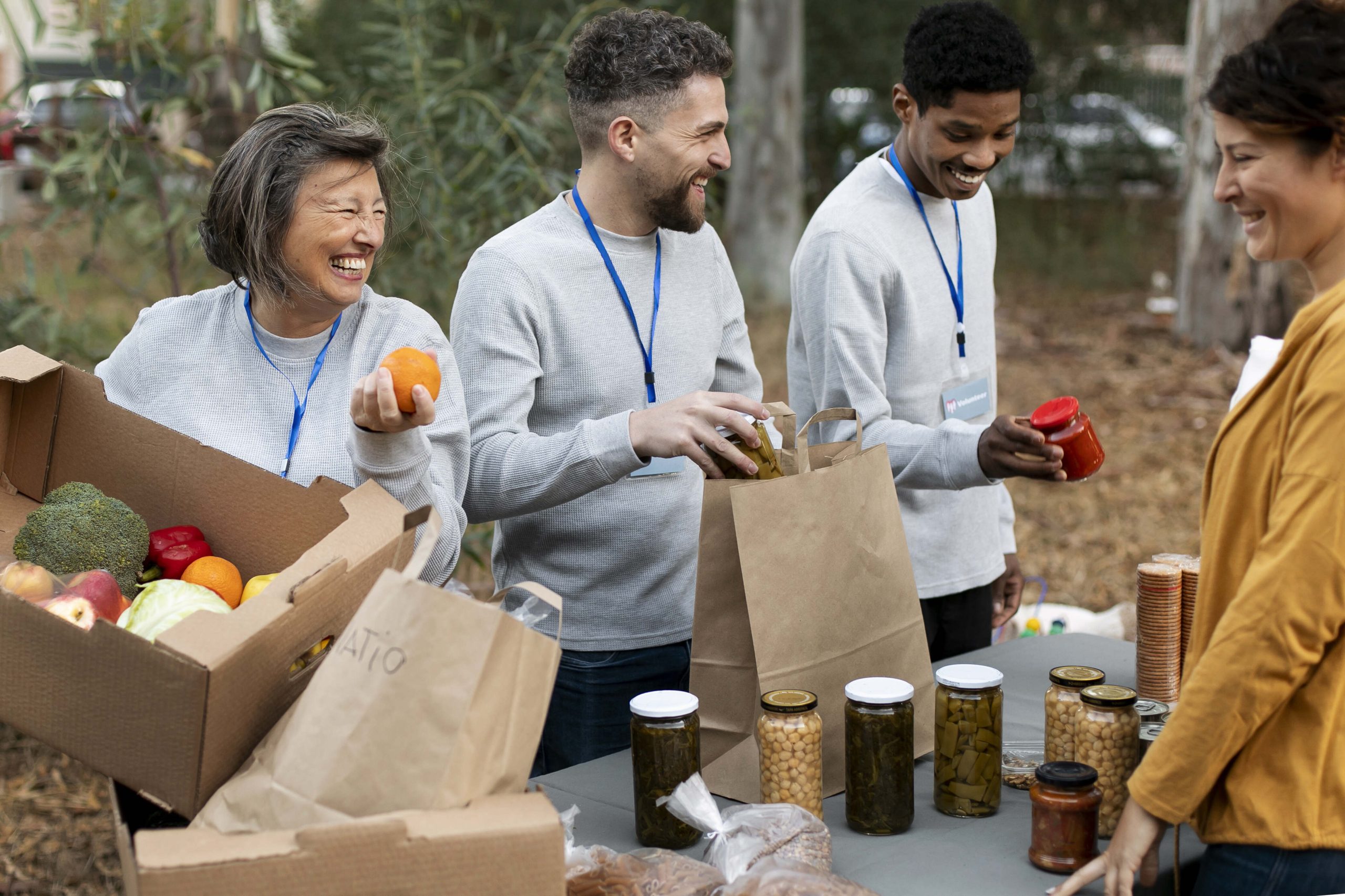Meal prepping is a game-changer for anyone looking to save time, eat healthier, and reduce stress throughout the week. Whether you’re a busy professional, a student, or just someone who wants to make mealtime more convenient, meal prepping can simplify your life. Here’s how to get started and make meal prepping easy and enjoyable.
Step 1: Plan Your Meals
Before you start cooking, take some time to plan your meals for the week. Consider your schedule—do you need quick breakfasts, hearty lunches, or easy-to-heat dinners? Write down a simple meal plan that includes a variety of proteins, vegetables, and grains to keep things interesting.
Tips:
- Choose recipes with overlapping ingredients to save money and reduce waste.
- Incorporate a mix of cooked meals and ready-to-eat options, like salads or smoothie packs.
- Plan meals that store well and taste good when reheated.
Step 2: Make a Grocery List
Once you’ve planned your meals, create a grocery list based on the ingredients you need. Sticking to a list helps you stay organized, avoid impulse purchases, and keep your shopping trip efficient.
Tips:
- Group your list by category (produce, dairy, pantry items) to make shopping easier.
- Buy in bulk when possible to save money on staple ingredients like rice, beans, and frozen vegetables.
- Don’t forget storage essentials like containers, freezer bags, and labels.
Step 3: Cook in Batches
Dedicate a few hours on a weekend or a free evening to cook and assemble your meals. Batch cooking means preparing large portions of certain foods—like grilled chicken, roasted vegetables, and quinoa—that can be mixed and matched throughout the week.
Tips:
- Use a slow cooker or Instant Pot to prepare meals with minimal effort.
- Roast multiple trays of vegetables at once for efficiency.
- Pre-cook grains and proteins separately so you can assemble different meals easily.
Step 4: Store Your Meals Properly
Proper storage keeps your food fresh and safe to eat. Invest in high-quality, airtight containers to prevent spoilage and keep meals organized. Use clear containers so you can see what’s inside at a glance.
Tips:
- Label each container with the meal type and date to track freshness.
- Store meals in single-serving portions for easy grab-and-go convenience.
- Freeze meals you don’t plan to eat within 3–4 days.
Step 5: Stick to Your Routine
The key to successful meal prepping is consistency. Once you get into the habit, it will become second nature. Pick a day each week to plan, shop, and prep so that you’re always ahead of your meal needs.
Tips:
- Keep a list of your favorite meal-prep-friendly recipes for inspiration.
- Adjust your plan based on what works best for you—some people prep full meals, while others just prep ingredients.
- Allow for flexibility—if you don’t feel like eating what you prepped one day, swap meals around to keep things enjoyable.
Easy Meal Prep Ideas
Not sure where to start? Try these meal-prep-friendly dishes:
- Breakfast: Overnight oats, egg muffins, yogurt parfaits with fruit and granola.
- Lunch: Grilled chicken with quinoa and roasted vegetables, turkey and avocado wraps, chickpea salad.
- Dinner: Stir-fried tofu with brown rice, slow-cooked beef stew, baked salmon with sweet potatoes.
- Snacks: Hummus and veggie sticks, energy balls, trail mix.
Final Thoughts
Meal prepping doesn’t have to be complicated or time-consuming. With a little planning and organization, you can enjoy home-cooked meals with less effort and stress. Give it a try and experience the benefits of saving time, money, and energy while eating healthier every day!
















Leave a Reply